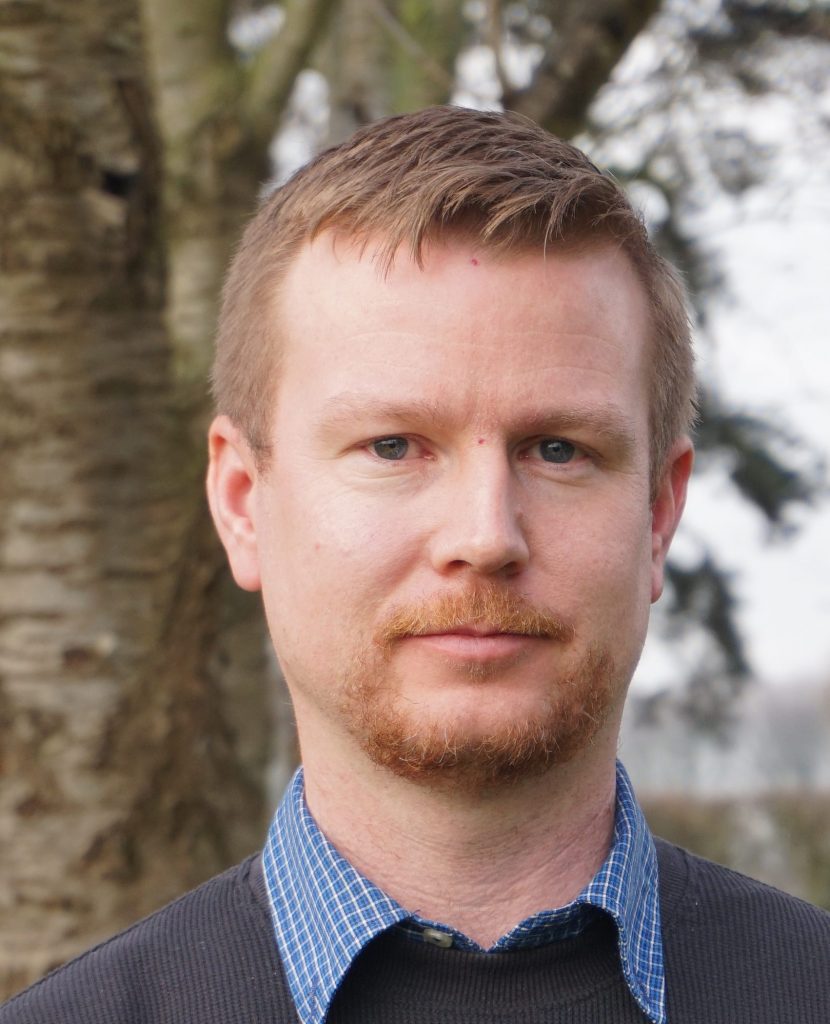TerraMap provides answers into crop production challenges – Lewis McKerrow
Earlier this spring, images taken from a drone flown over the field where the Hutchinsons Alnwick regional trials are sited ...
It clearly showed up a particular area that was a lighter green than the rest of the field – indicating an area of poorer, thinner crop.
Digital farming manager Lewis McKerrow explains how he used TerraMap to investigate what could be causing this particular area of poorer performing crop.
TerraMap is Hutchinsons revolutionary soil scanning service that provides greater definition and more accurate soil maps than any other system enabling growers and agronomists to make the most of precision technology.
It does this by providing high definition mapping of all common nutrient properties, pH, soil texture, organic matter and CEC as well as elevation and plant available water. It also measures the levels of P, K, Mg, pH and % of clay, sand, silt, texture and elevation as well as calcium, manganese, boron, copper, molybdenum, iron, zinc, sulphur, OM, CEC and plant available water.
The results from TerraMap are then used to create maps within Omnia.

Lewis McKerrow, Digital Farming Manager
Mr McKerrow explains: “We ran the scanner over the field and in one pass we had all the information we needed on the soils – all 21 layers! The field was already mapped using Omnia.”
“We added into Omnia is a satellite biomass (NDVI) map taken on the 8 May– there were clear areas of darker and lighter green to showing areas of thicker and lighter crop which correlated with the drone images.”
“Over this we added in the sand layer measurements from the TerraMap scanning. We also added in silt and clay maps.”
“The results were fascinating – and completely correlated with the NDVI biomass map! in the poorer performing areas of field, there were higher levels of sand and silt and lower amounts of clay in the soil, and vice versa in the greener more productive part of the field.”
So how would this be directly impacting crop growth?
“We know that soils with a high sand and silt content and low clay content tend to be drier –but could we prove that this was actually affecting crop growth?”
“Yes! TerraMap provided us with a plant available water map, and the results of this directly correlated with the soil texture maps, NDVI maps and drone images. There was more plant available water in the higher clay percentage areas of the field, but where sand and silt were predominant, there was lower plant available water.”
“So we were able to confirm that the poorer performing areas of the field had less plant available water.”
“For this exercise we just looked at the textural aspects of the soils and what effects these might be the having on crop production. We intend to take this one step further in the autumn and investigate the nutritional aspects of the field in more detail.”
Mr McKerrow points out how this approach underlines the importance of being able to use the data that precision technology delivers to improve productivity and ultimately profitability.
“By identifying the reasons behind areas of fields that are not performing as well as others, growers and agronomists can make informed decisions about how to manage these areas going forward.”
“In this situation for example, there are two options,” says Lewis. “Evening up the plant populations across the field using variable rate drilling so increasing the seed rate on the poorer area. Alternatively, accept the variation and change the way the crop is managed such as redistributing nitrogen – using less on the poorer area and using more on the better performing parts of the field.”
To see more about this and to access any other videos visit Fieldwise LIVE